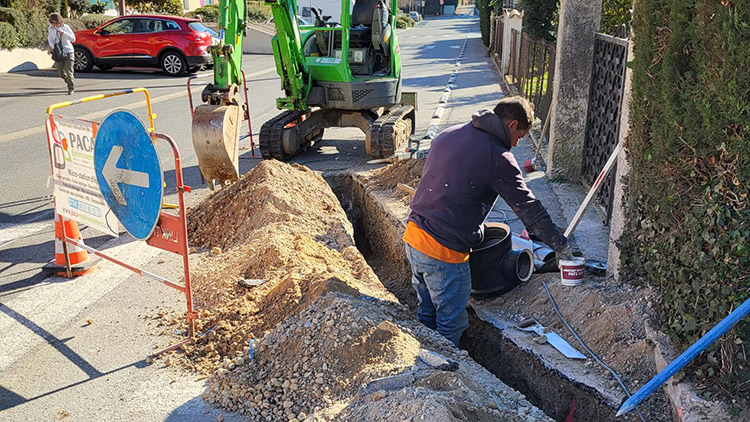- info@paca-environnement.com
- 1 rue du Gabian – Le Thalès 98000 Monaco
Sewer connection

Do you have a question?

Sewer connection
Sewer connection is the process by which homes, commercial and industrial buildings, and other structures are connected to the public sewer system.
The sewer system is an underground system of pipes designed to collect and transport domestic wastewater and sometimes stormwater away from populated areas to appropriate treatment facilities.
1. Authorization and regulation:
Before proceeding with the sewer connection, it is necessary to obtain permission from local authorities, such as the public utilities department or water treatment agency.
It is important to follow local regulations and building codes to ensure proper connection.
2. Inspection and evaluation:
A preliminary inspection of the site is systematically carried out to determine the feasibility of the sewer connection.
PACA Environnement will assess the proximity of the existing sewer network, the depth required for the pipeline, sizing requirements, and other site-related factors.
3. Connection work:
Once approval has been obtained, connection work can begin. This involves, among other things, the installation of a sewer pipe from the building to the public sewer network.
The pipe must be installed at an appropriate slope to allow the flow of wastewater by gravity.
Depending on the municipality, specific elements will be installed (stools, siphon disconnector, high ventilation, siphoid stool, etc.) In the event that the discharge into the sewer is higher than the property to be connected, it will be necessary to use a lifting station.
The characteristics will vary depending on the municipality, the quantity of wastewater to be evacuated and the physical characteristics of the location (height and delivery length).
4. Excavation work:
A trench is dug from the building to the point of connection to the sewer network.
The sewer pipe is laid in the sanded trench and correctly aligned.
5. Connection to the sewer network:
The sewer line is connected to the public sewer system using appropriate fittings and joints.
This connection must be watertight to prevent waste water leaks.
6. Inspection and testing:
Once the connection is completed, an inspection is carried out by the municipal technical services to check that everything complies with the standards and regulations in force.
Leak tests are carried out to ensure that the pipe does not present any leaks.
7. Final approval:
After meeting all requirements and inspections, the sewer connection is approved by the technical departments of local authorities. We can then refill while respecting the rules of the art and the specificities of the site.
8. Usage:
Once the connection is completed, the building is authorized to use the sewer network for the evacuation of its domestic wastewater.
Sewer connection is essential to ensure proper disposal of wastewater, contribute to public health by preventing environmental pollution and maintain high sanitary standards in populated areas. It is important to follow the appropriate legal and technical procedures for a safe and efficient connection. Only a seasoned professional will guarantee an efficient and durable installation.

